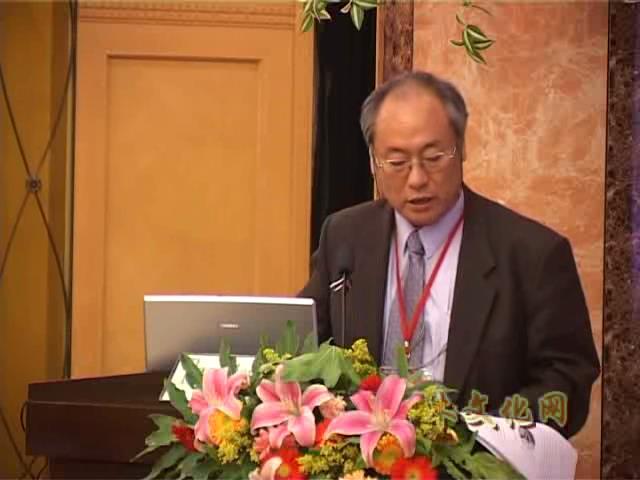会议名称:第一届木文化国际研讨会
会议时间:2006年2月18日-19日
会议地点:中国·哈尔滨
报告嘉宾:Su Kyoung Chun
报告摘要:Over the last 30 years, a vigorous reforestation program has restored much of the landscape. About two-thirds of the land is now covered by trees but the amount of forested land per capita is relatively low, because most of the timber is young and suitable only for mining supports or in wood pulp industries. In recent years, total harvest has accounted for only about 15 percent of total consumption. In recent years, total harvest has accounted for only about 15 percent of total consumption. And South Korea covers only 0.3% forest land area. To meet up the domestic need, South Korea is importing lots of wood in the form of log, sawn wood, plywood or MDF from different countries in every year. Domestic production of logs, lumber, and related wood products satisfied less than 15 percent of South Korea's wood products requirements in 1990. Consequently, South Korea has relied upon imports to meet most of its wood products needs. Imports in 1991 were valued at $1,857 million (US Department of Commerce, 1993). By increased use in interior, temporary supports for public and private sector construction and civil works projects, furniture and musical instruments, packaging, and shipbuilding, raw materials for the domestic paper and allied products industry, South Korean wood consumption growth has been spurred. South Korea's wooden furniture industry increased by fivefold the number of its factories over the 1975-1989 period (US Department of Commerce, 1993). With the introduction of modern manufacturing facilities and large-scale housing projects, South Korean furniture market is developed incredibly. Considering the major foreign currency generator, the government has targeted furniture exports as an important growth sector together with the private sector. The country's musical instruments industry is also growing rapidly. It covers a fairly wide spectrum of high-quality which is the third largest end-use market for wood in South Korea, after construction and furniture. Although For the high cost of labor, the foreign sale of musical instrument have recently been reduced but domestic sales have climbed sharply, boosted by of local consumer public and by the growing popularity of Western music.
With the growth of South Korea's concrete and steel industries, wood has become less used as a building material. A partially offsetting trend has been the development of several wood-based industries that have emerged primarily for their export potential. The first of these industries was the plywood industry. In the 1960s, the South Korean plywood industry expanded rapidly and its products, mostly export items, were a significant part of South Korea's trade. During the 1980s, increased competition from Indonesia caused a drastic reduction in the plywood industry. Recently, most wood production is geared for lumber end uses rather than for plywood. The wood export industries which are flourishing today are furniture and musical instruments, rather than plywood.
责任编辑:iwcs24L


 648
648